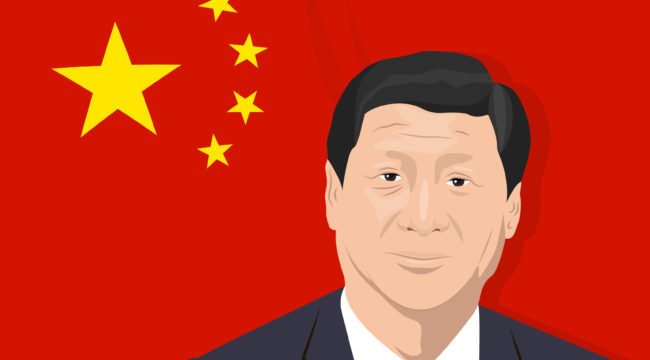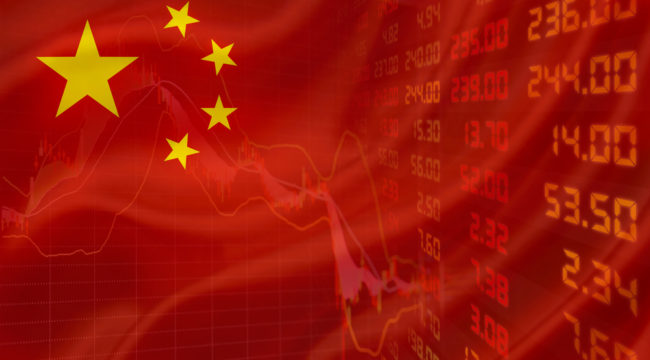There is a general belief, and that is all it is, that state finances fare better in an inflationary environment than a deflationary one. This perception arises from the transfer of wealth from lenders to the state through a devaluation of the currency, which occurs with monetary inflation, compared with the transfer of wealth from the state to its creditors through deflation. The effect is undoubtedly true, even though it is played down by governments, but it ignores what happens to continuing government obligations and finances.
This article looks at this aspect of government finances in the longer term, first on the route to eventual currency collapse which governments create for themselves by ensuring a continuing devaluation of their currencies, and then in a sound money environment with a positive outcome, for which there is good precedent. This is the second article exposing the fallacies of supposed advantages of inflation over deflation, the first being posted here.
Inflationary policies
While central bankers have convinced themselves, in defiance of normal human behaviour, that consumption is only stimulated by the prospect of higher prices, there can be little doubt that the unmentioned sub-text is the supposed benefits to borrowers in industry and for government itself. Furthermore, the purpose of gaining control over interest rates from free markets is to reduce the general level of interest rates paid to lenders, further robbing them of the benefits of making their capital available to willing borrowers.
All this is in defiance of the principles behind contract law, but the courts do not accept that the unbacked state-issued currency of today is no different from the gold-backed money of yesteryear, nor the same as tomorrow’s further debased currency. Tax on interest is an added distortion, reducing net interest received by holders of depreciating currency even more.










